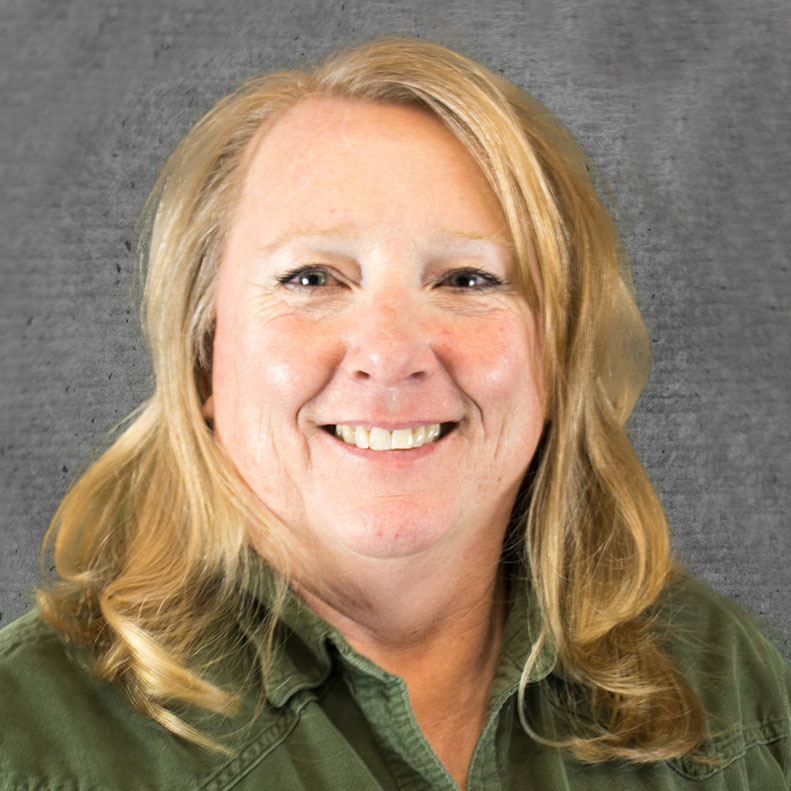Modeling Committee
The function of this group is to serve the animal nutrition research community by improving the use of predictive technologies and tools, to best utilize available platforms, and to work with researchers to effectively share, combine, manage, manipulate, and analyze models and modeling information.
Committee Members

Luis O. Tedeschi

Dominique P. Bureau

Todd R. Callaway
University of Georgia
Ruminant Nutrition, Monogastric and Ruminant Microbiology

Peter R. Ferket

Timothy J. Hackmann

Mark D. Hanigan

Hector M. Menendez III

Edgar O. Oviedo-Rondon

Emiliano Raffrenato

Aline Remus

Heidi A. Rossow

Mike VandeHaar

Robin White

Sarah H. White-Springer
Objectives
- Coordinate with the NRC to support model development and maintenance.
- Identify needs to achieve a cross-species comprehensive feed database.
- Develop a database of observed data that could be used for model testing.
- Develop guidelines for data reporting in publications to better serve nutrient response model development.
- Provide guidance for future development of nutrient availability models.
- Identify methods to allow the use of a common software platform across species.
- Provide guidance regarding deployment of open vs locked model code.
Accomplishments
Software Downloads: Nutrient Requirement Models (Compatible with Windows 7 32-bit and 64-bit machines):
- NRC Beef model (1996, 2000): Beef Set Up 1.0.3
- NRC Dairy model (2001): Dairy Set Up 1.1.9
Supportive Documentation for Above Programs:

